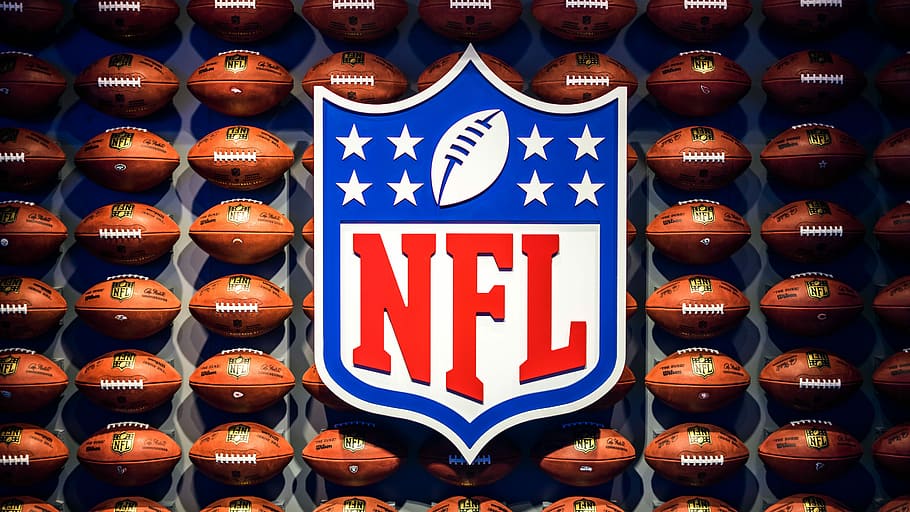
Looking at the odds
If you are planning on placing a bet on the NFL, then it is important you understand the odds. You will need to know how the rotation number, point spread, money line, and over/under are used, as well as what they mean. If you are thinking about placing a bet on the NFL, have a look at Fanduel and learn more.
The rotation number is also often referred to as the number or the rotation mark, the money line may also be called the line, the point spread is also called the spread, and over/under can be called total.
Bookmakers will use odds to even out the bets, getting people to place wagers on both sides of the line, thus leveling out the field.
When you first read NFL odds, you will see the date and time of the game on the far left, to the right of this will be two numbers with the name of the team next to each of them. These numbers are called rotation numbers. These are standard for every sportsbook, and they are a way to refer to the game and the team without the mention of the team’s name.
To the right of the name of the team are the different odds. Usually spread is first, then money line, then over/under.
Understanding the point spread
The point spread, which is the most popular bet type, lists the favored team with a minus or plus sign, and a number. In this case, the underdog team will have a plus sign and the same number as the favorite. If neither team is favored, then they will both be listed as ‘EVEN’ or ‘PICK’.
The favored team, with the plus sign, will have the points deducted from the final score, while the underdog, with the minus, will have the points added. The favorite must beat the spread, meaning they have to win by more than the negative number to pay off. Whereas the underdog can pay off either by winning outright or if they lose by less than the spread anticipates.
Understanding totals
This is the last type of basic bet. It is a prediction regarding the total number of points that both teams will score. As it is with the spread, the total is usually posted as a fraction or a decimal, and the stake is the same as the point spread.
The over/under odds can vary, but will often be somewhere between 35 or 47 points. For example, if the Packers played the Cowboys and the total posted is 37.5, then the Packers score 27 and the Cowboys get 13 points then the total would be 40, and the over would win. But if the Packers got 35, and then they shut out the Cowboys, the total of 35 is under.
Sometimes, like the spread, the total is listed as a whole number, the result may be a push. If the Packers scored 24 and the Cowboys 13 for exactly 37 points, then all bets are returned on the push.
Basically, you are betting based on whether you think that the total points over the game will be over or under the total published by the sportsbook. You are basically contesting the sportsbook saying ‘you are wrong by this much more/less’.
Remember, the stakes are the same. In an example where the over was 49.5 and the under was the same, both with stakes of -110, if you were to back over or under you would win $100 for a $110 wager.
Understanding the money line
Moneyline is different, whichever team wins will pay out. There is no giving away or taking away of points. This may seem fruitless for the books, but in fact, they even out the playing field by making bettors wager more on the favorite to win less, and wager less to win more on the dog. The favorite will have a minus sign with a number, and this number represents the amount that needs to be bet to win $100, alternatively, the dog will have a plus sign which dictates how much they will win if they bet $100.
For example, if you were to bet on a game between the Giants and the Cardinals and the Giants had a stake of +250, but the Cardinals had a stake of -300, to back the Cardinals you would need to wager $300 to win $100, but to back the Giants you’d only need $100 to win $250.

